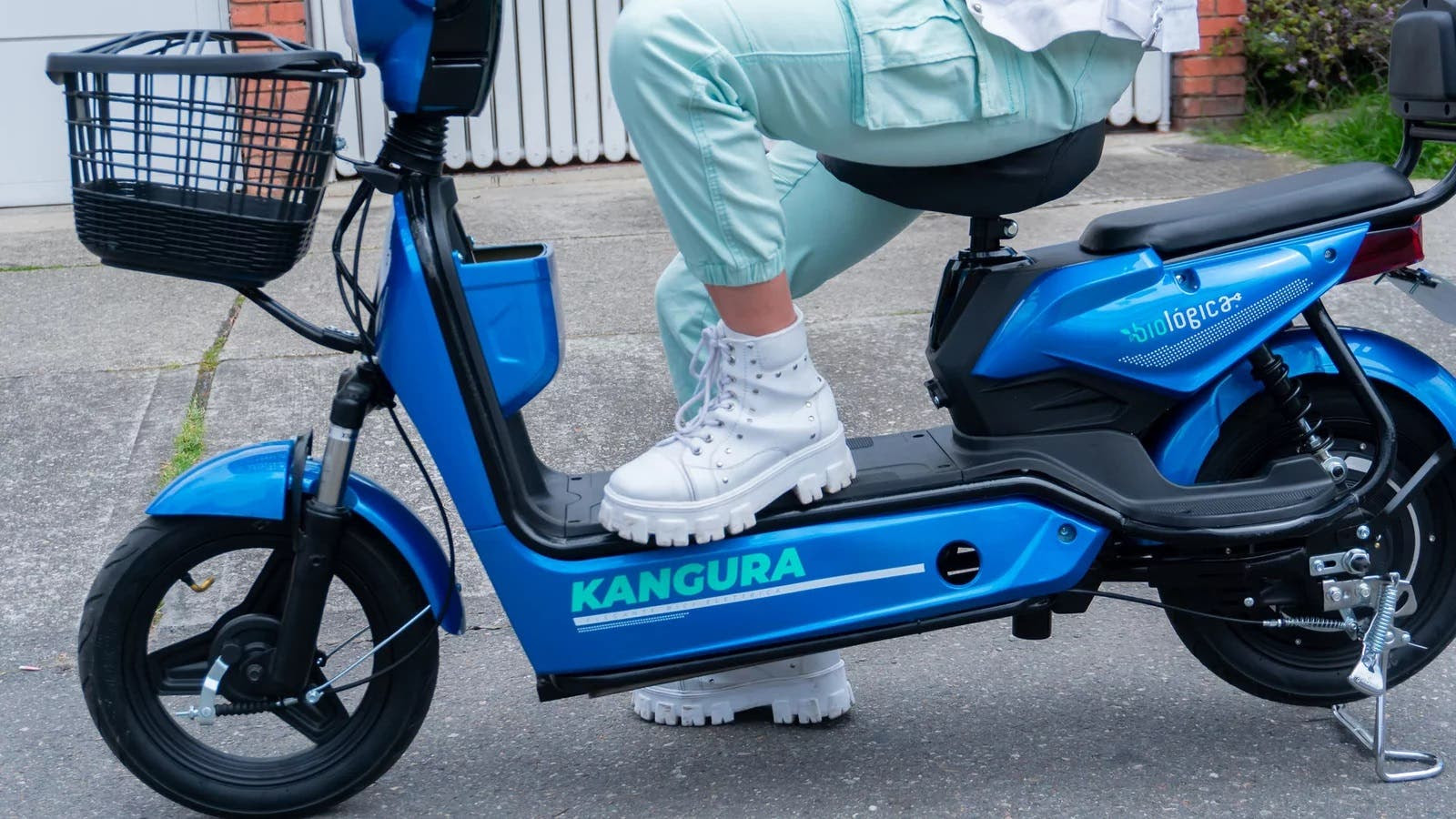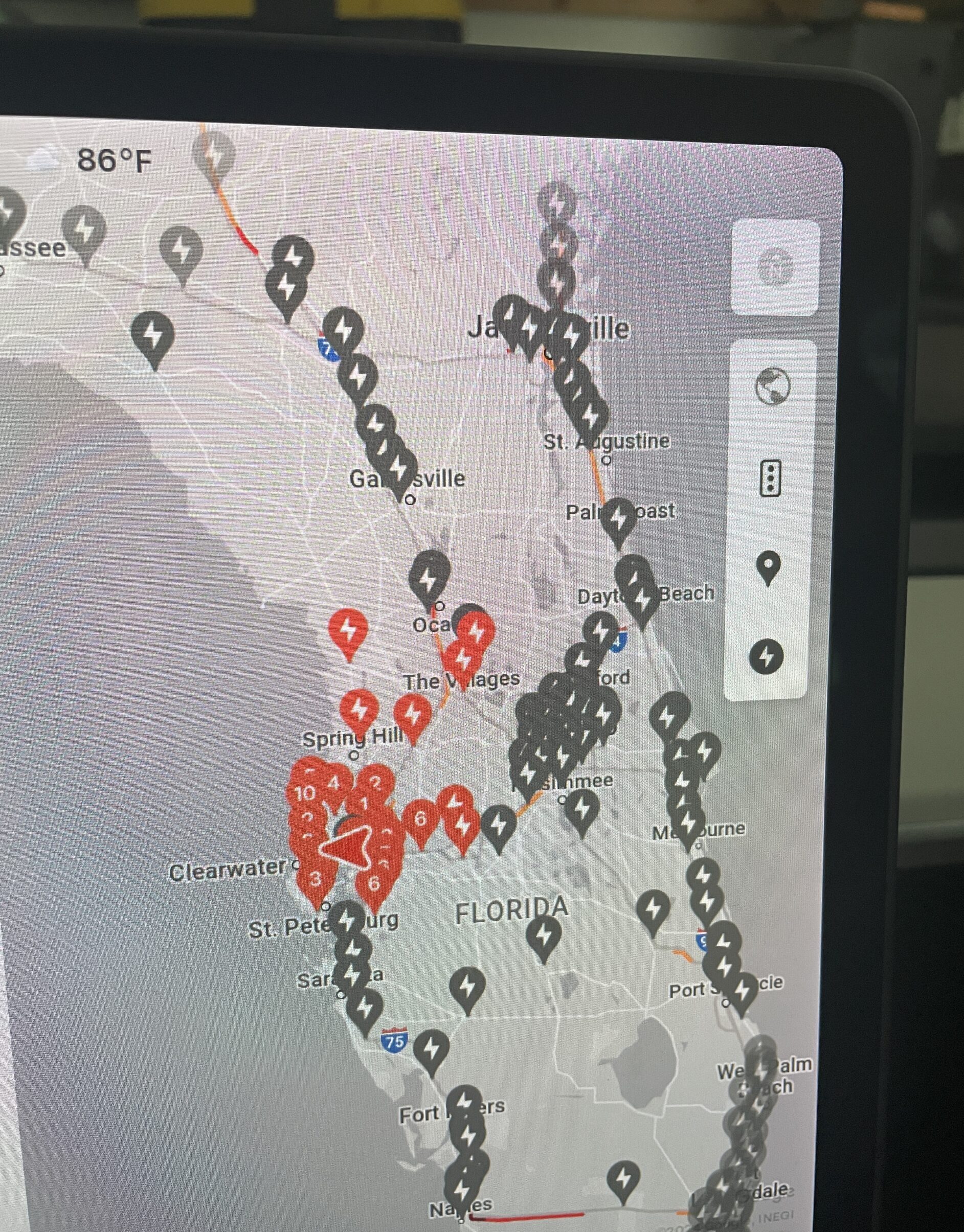
Laws take time to catch up with technological changes. And, worse, lawmakers are usually abysmal at predicting technological innovation and, more importantly, how that innovation is going to affect society.
An event related to this seems to be unfolding here in Bogota in real-time. Because the country wanted to be prepared, laws were put in place … yet they now risk doing more harm than good.
Colombia’s law on electric two-wheelers
As far as my memory goes, the first “electric bicycles” that appeared in Colombia weren’t electric bicycles at all, but small mopeds with lead-acid batteries and low speeds. I used to ride alongside them in the bike lanes, but they were uncommon. This is the early 2010s we’re talking about.
By 2017, the situation had changed: importers were bringing large amounts of e-mopeds and electric bicycles, and some large motorcycle sellers were entering the e-motorcycle field. That year, the government presented Resolution #160, which regulated these new vehicles (by then, completely absent from the Colombian laws) and categorized them.
And here is where problems started.
See, electric bicycles were to be treated like normal bicycles. However, to qualify as an electric bicycle, a vehicle must:
- Have less than 350W of power.
- Lack a throttle and rely on assisted pedaling instead.
Anything more powerful than that and/or anything with a throttle would be considered an e-moped, so long as it remained under 4kW of power. More than that and it would be an electric motorcycle and treated as a gasoline motorcycle under the law. And the law, in this case, requires both mopeds and motorcycles to be registered, to have plates, to be driven with a license, and to carry the mandatory accident insurance (with a discount in the case of electric vehicles). That’s much, much more than what’s required from a humble bicycle (which is basically nothing).
The law did present an exemption for all those vehicles imported in the country before 2017, so there’s that.
Empty law
There were two problems with this law.
- The first one was that nobody really paid any attention. Despite a few e-moped and electric motorcycle registrations, a large amount of these vehicles continued being sold as “electric bicycles” (even with motors with as much as 1.5kW of power) and people continued driving them without any formalities. Many sellers would even openly publicize that their vehicles did not require insurance or registration because of their “import date,” despite them being mopeds (sometimes even e-motorcycles) sold well after 2017. And many people believed them.
- The second one has to do with the very little variation that exists within gasoline mopeds (very uncommon here) and the incredibly high diversity in the e-moped market. Lawmakers simply weren’t prepared to deal with the many fringe cases that came with these new vehicles.
Yet, until a few weeks ago, this mattered little. The existing regulation was ignored by pretty much everyone, including the police. But the recent proliferation of gasoline-powered modified bicycles (a trend that started post-pandemic mainly by delivery workers), which would technically be “mopeds,” sort of forced the hand of the city.
Bogota’s new ordinance
As a result, the city decided to abide by the laws and declare that, since April, all mopeds (electric or ICE) must carry all papers and may not use the bike lanes.
In theory, this had been the case since 2017, but as I said, nobody was really following that law. However, once this ordinance was presented, it basically told the police to make a priority of this issue. And even if for now they’re only bothering those who use e-mopeds in bike lanes, at some point in the future they’re likely to start stopping any plate-less moped and ask for the import certificate (to show that the vehicle was imported before 2017). If the owner doesn’t have it, the vehicle could be immobilized.
The most privileged of us saw it coming or could adjust to the new regulations even if we didn’t. As a matter of fact, we sold our 800W unregistered moped and purchased a registered Super Soco TS1900 last year precisely to be prepared for this event. But many of the owners of these small mopeds are low-income families that lack money for a new one and would still struggle to register the one they own even if it were possible (which, mostly, it isn’t). Getting the license also requires a significant amount of money, time, and effort.
Furthermore, 70% of the owners of these vehicles are women, many of whom are mothers who use them to take their children to and from school, daycare, etc. This was noticed by the vendors to be common to the point that many of them started importing low-power mopeds specifically built for carrying a small person in front and a little one in the back: the first of these vendors, a local company called Biologica, aptly named it the Kangura.

That small seat behind the driver is not large enough for an adult. This popular vehicle is entirely made for a child as passenger. Kangura, courtesy of Biological.
And what this means is that, soon (if not already), these mothers will have to take their small children down from the bike lane into the traffic, in vehicles barely capable of reaching 30 km/h. Not an ideal situation for anyone involved. The absurdity of the situation warranted protest by e-moped owners, who have joined forces several times to make their voice heard to the point that they made national news.
My personal take
I’ve started to pay attention, and I think it’s been over a month since I last saw an e-moped (or e-motorcycle) with a plate (other than mine). Whenever I drive my Super Soco, I’m certain to be the only electric two-wheeler around that’s registered and carries the mandatory insurance. Even vehicles that I know were registered when sold (sometimes larger and more powerful than mine) move around without a plate. People choose to remove it probably so the cops can’t ask for mandatory insurance.
This goes to show the disdain for the law that some people show. Yet, even if this is a real issue that must be tackled, it’s also unfair to equate a Kangura or an RX-350, barely capable of reaching 30 km/h, with a Super Soco that is twice or thrice the weight and well able to go over 70 km/h.
This is why the original law was ill-written and requires to be reviewed. Lawmakers were unable to predict the huge variations that would exist in the e-moped market and were basing their expectations in the already existing ICE market (where, as I said, ICE mopeds are nearly absent). But the joys of having all torque present at 0 RPM allowed manufacturers much more creativity for the e-mopeds, and users found novel uses and niches for these vehicles that had not existed in the ICE market that preceded it.
It’s hard to blame lawmakers for a lack of clairvoyance. But it’s imperative to require them to amend their views and correct their mistakes, particularly when they have the potential of harming a vast, vulnerable population. A better law should remove the assisted-pedaling requirement and increase the power limit to 500W for a vehicle to be considered an electric bicycle, even if the current speed limit of 25 km/h is maintained in the bike lanes.
For now, I hope the police will ignore smaller e-mopeds in the bike lane (particularly when carrying small children) and won’t ask for registration; otherwise, the only alternative for these early adopters will be to do what I did: sell their vehicle to someone outside Bogota, as smaller cities are well known for their lax implementation of traffic laws.
But, unlike me, they really need their vehicles, and can’t afford to replace them with something more expensive.
Sign up for daily news updates from CleanTechnica on email. Or follow us on Google News!
Have a tip for CleanTechnica, want to advertise, or want to suggest a guest for our CleanTech Talk podcast? Contact us here.
Former Tesla Battery Expert Leading Lyten Into New Lithium-Sulfur Battery Era — Podcast:
I don’t like paywalls. You don’t like paywalls. Who likes paywalls? Here at CleanTechnica, we implemented a limited paywall for a while, but it always felt wrong — and it was always tough to decide what we should put behind there. In theory, your most exclusive and best content goes behind a paywall. But then fewer people read it! We just don’t like paywalls, and so we’ve decided to ditch ours. Unfortunately, the media business is still a tough, cut-throat business with tiny margins. It’s a never-ending Olympic challenge to stay above water or even perhaps — gasp — grow. So …




